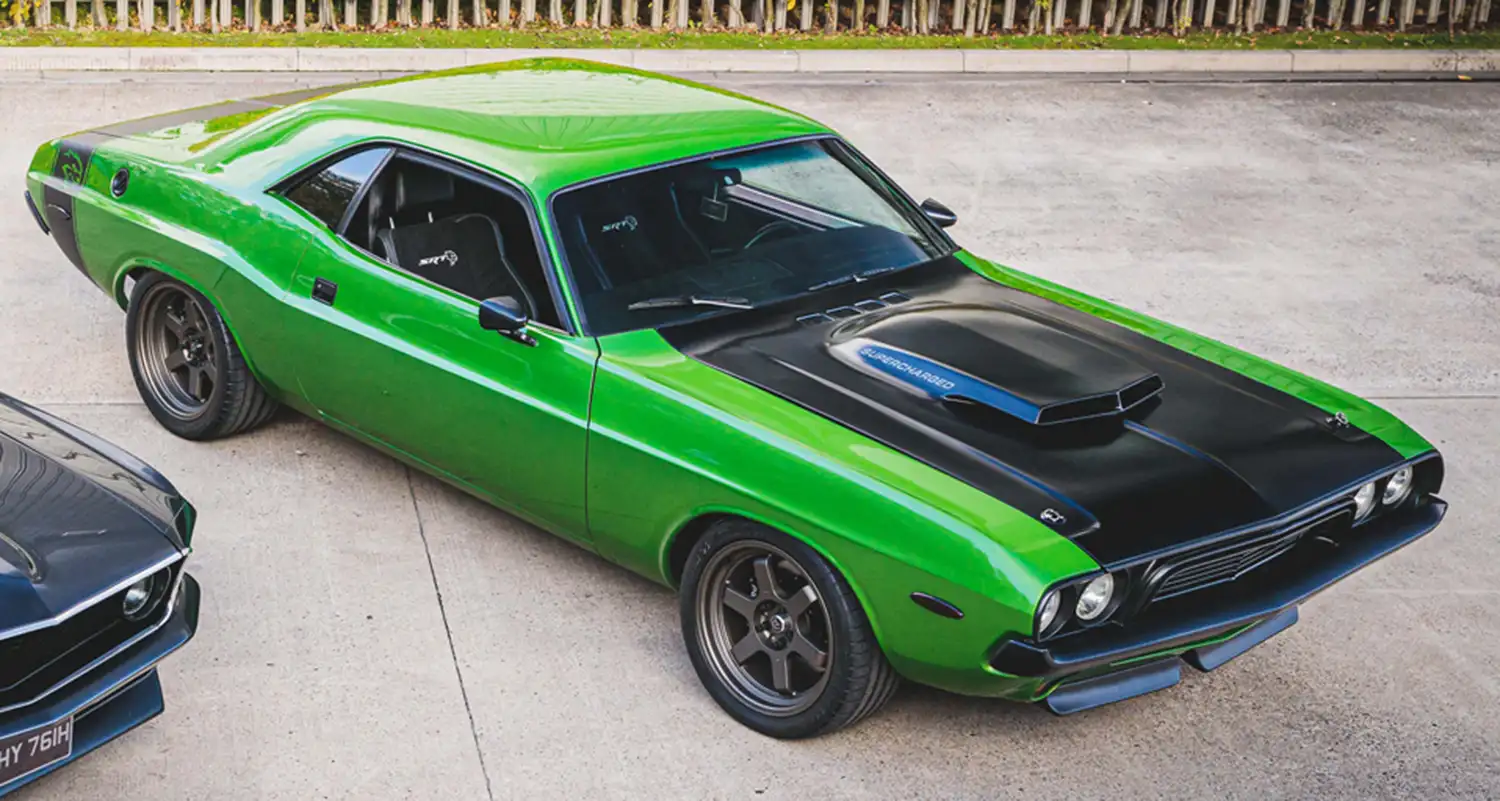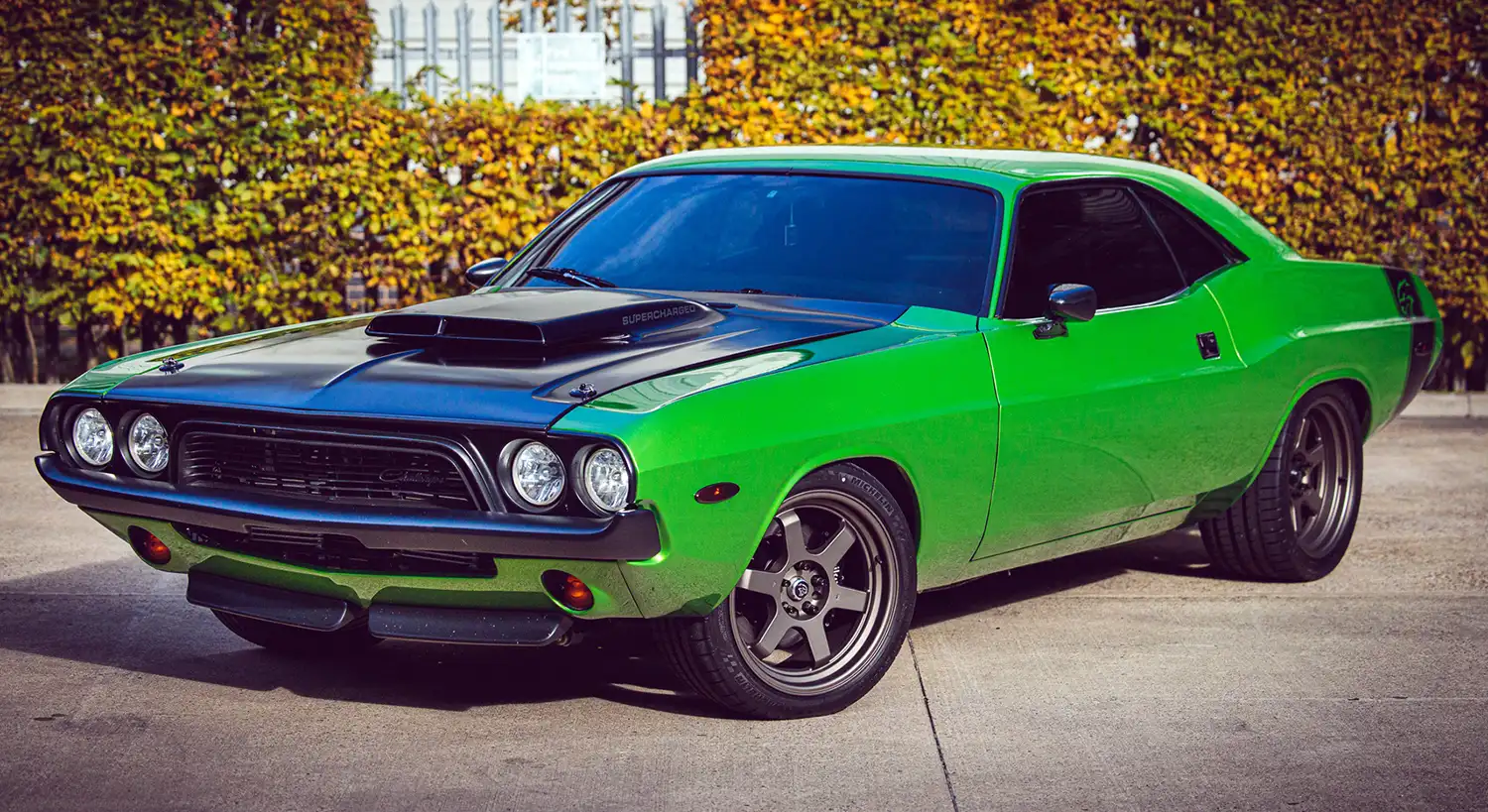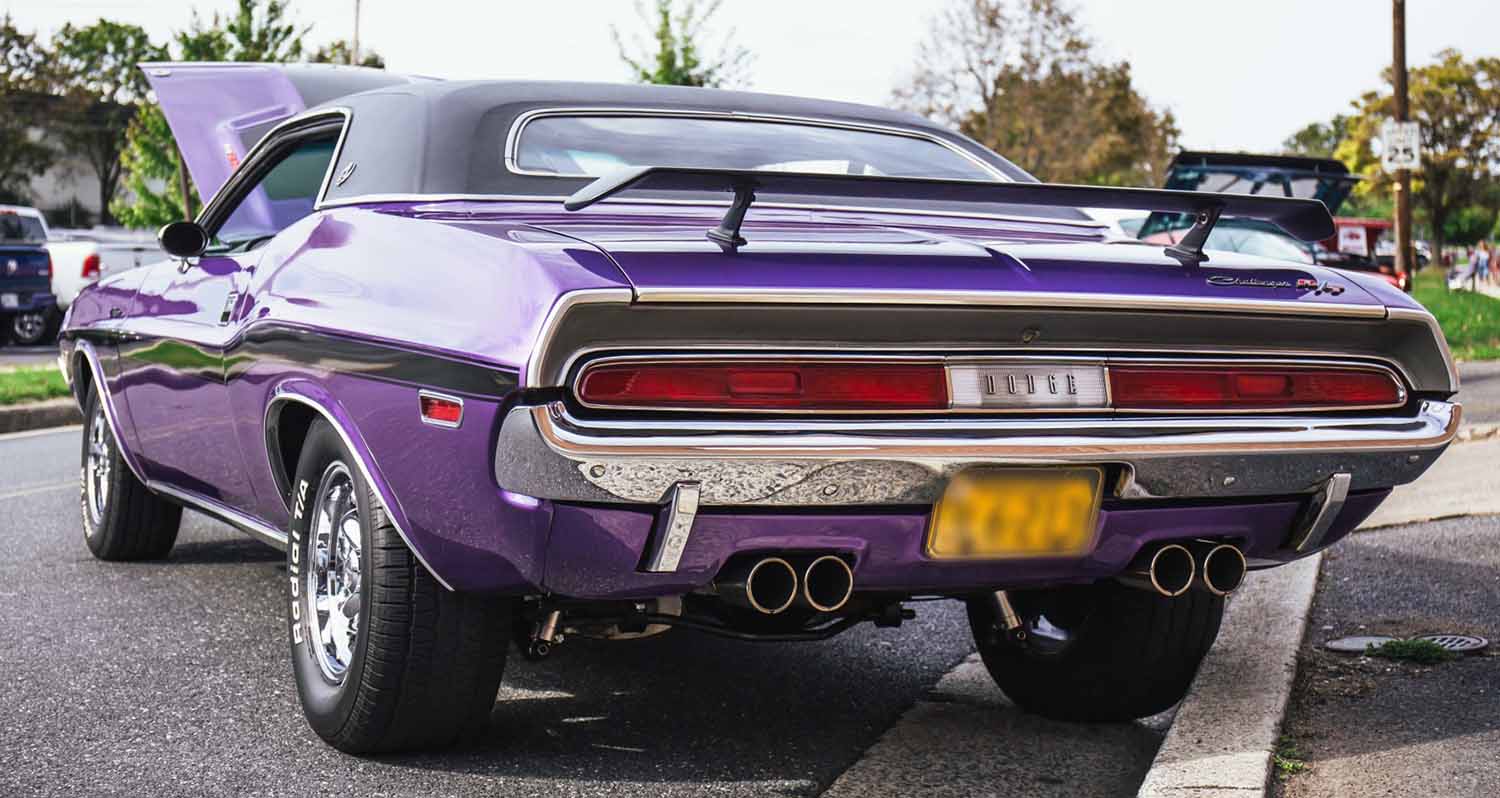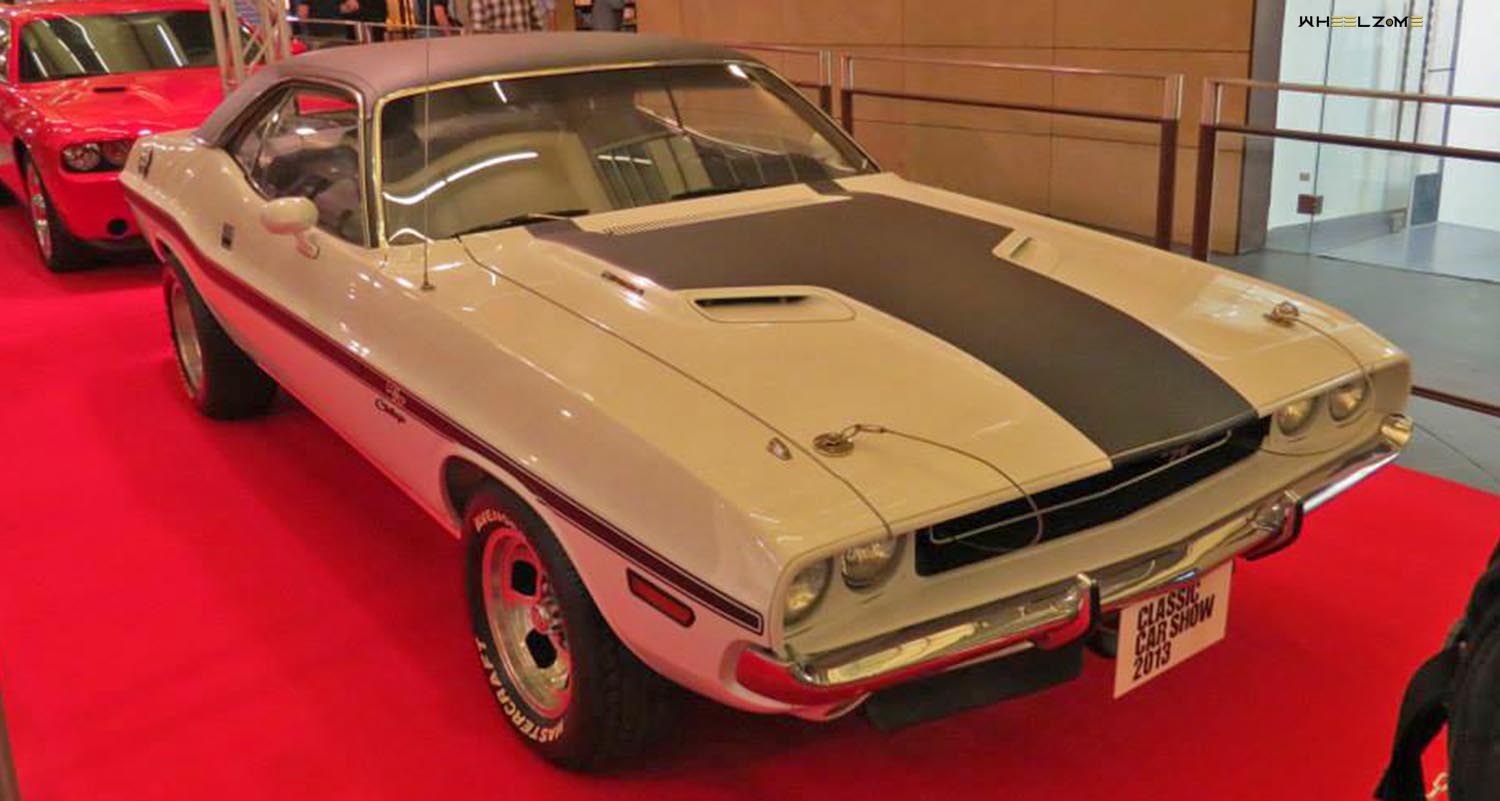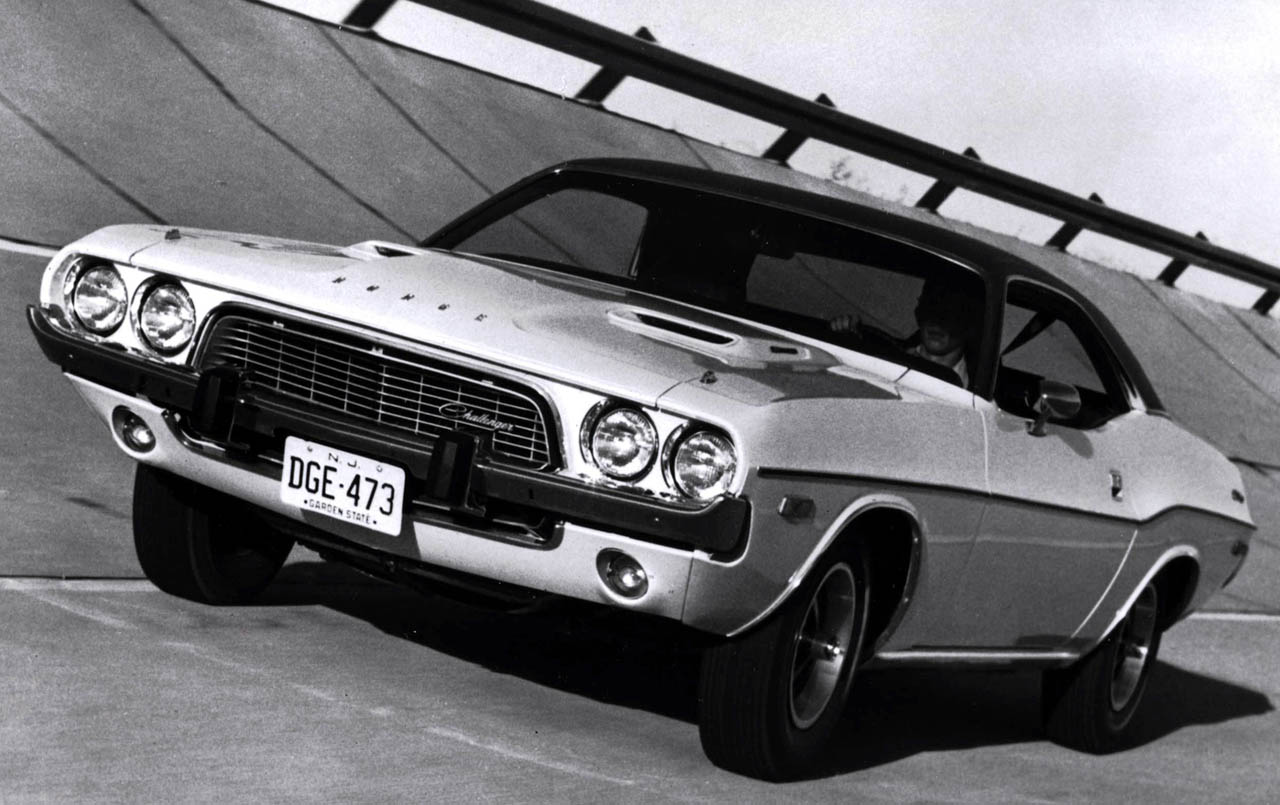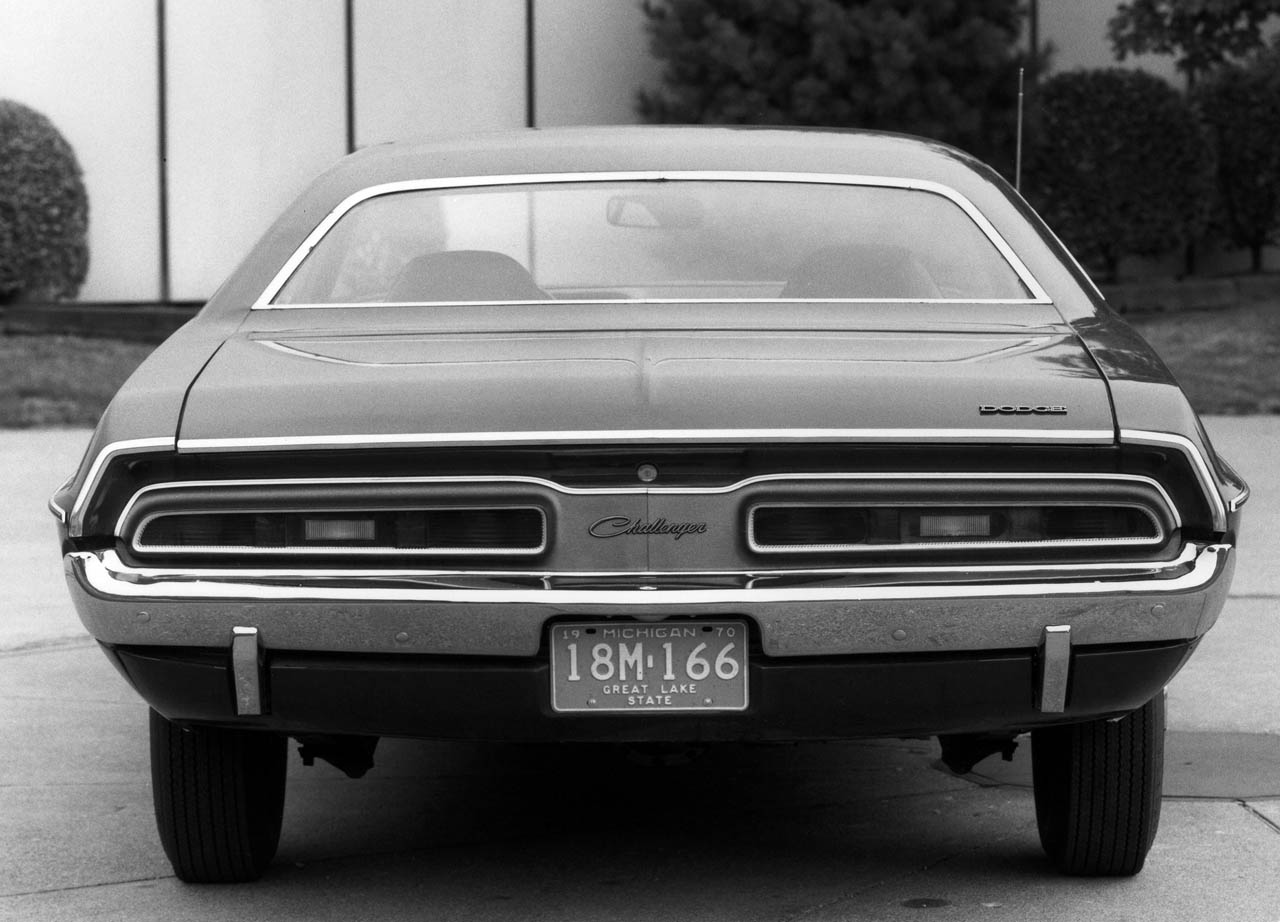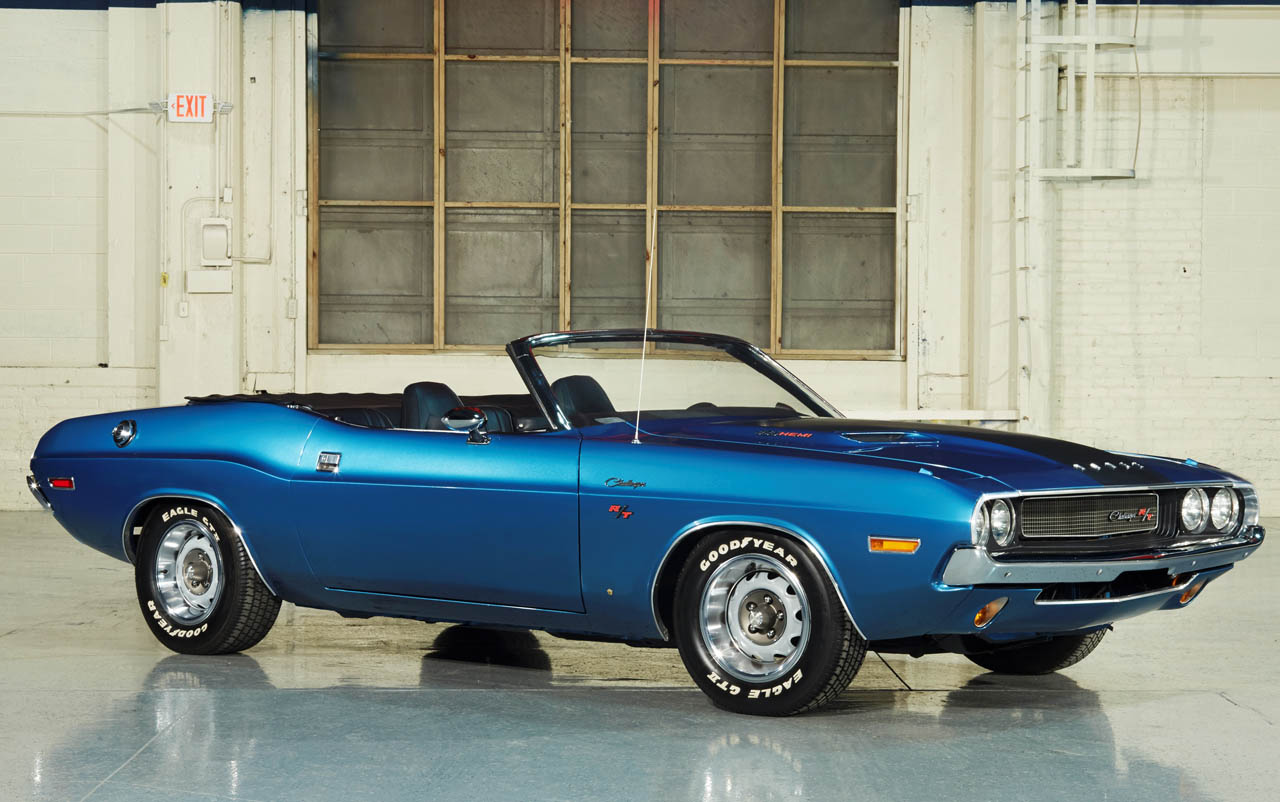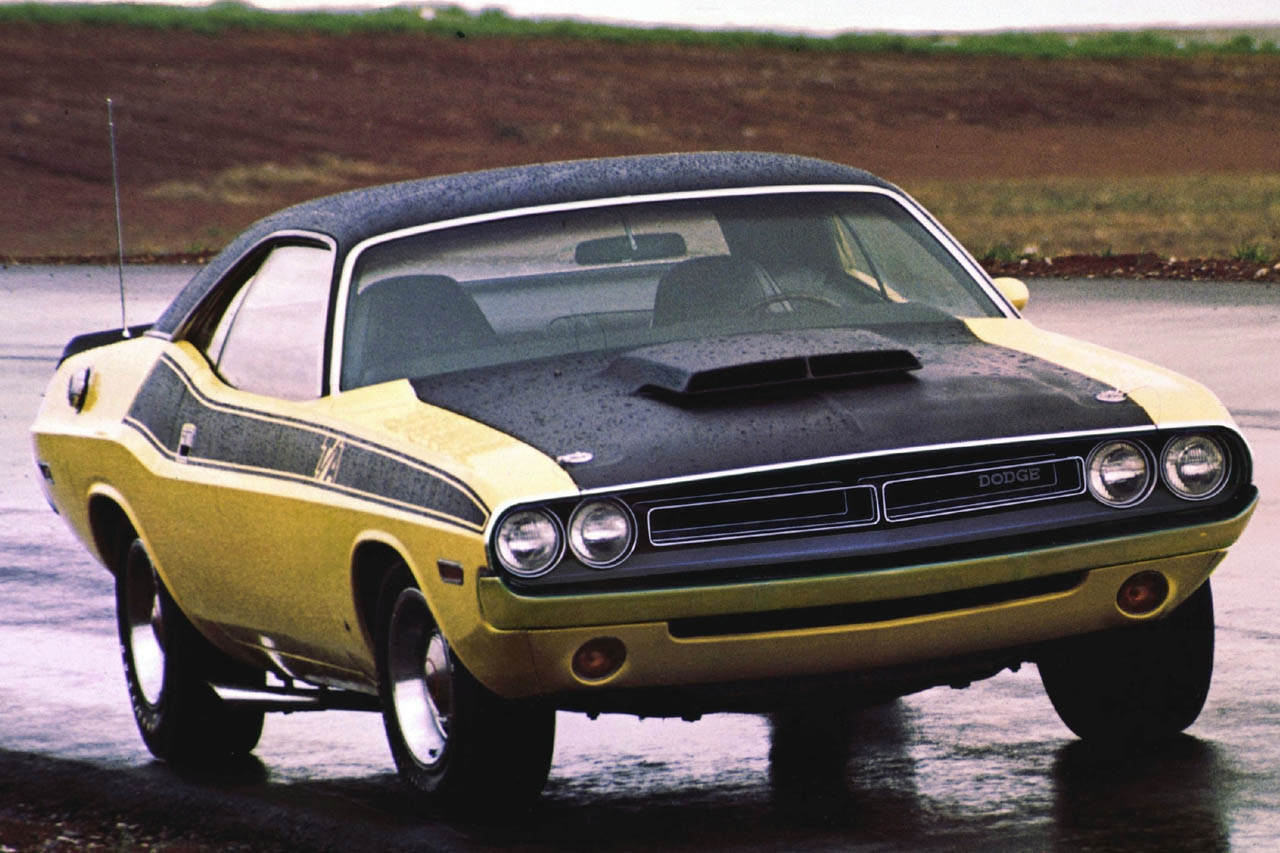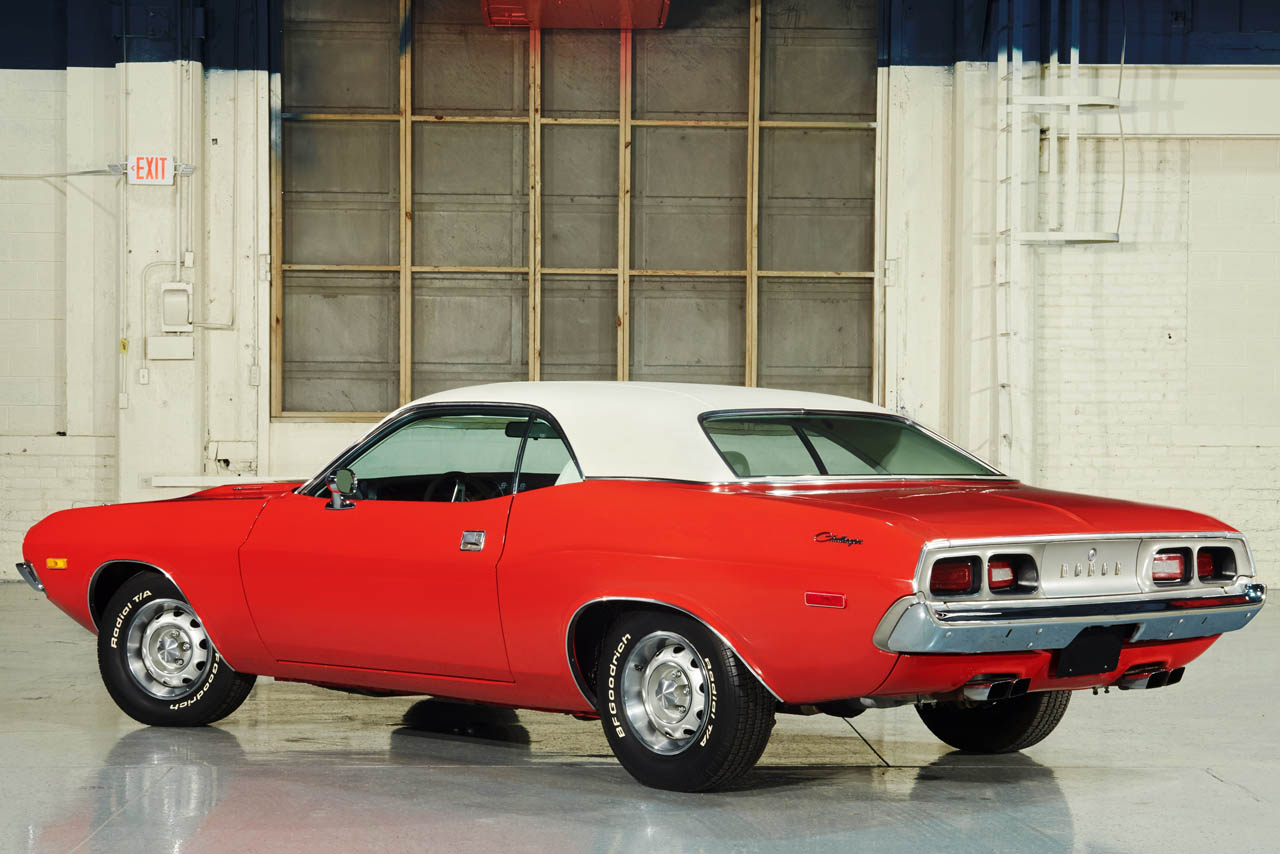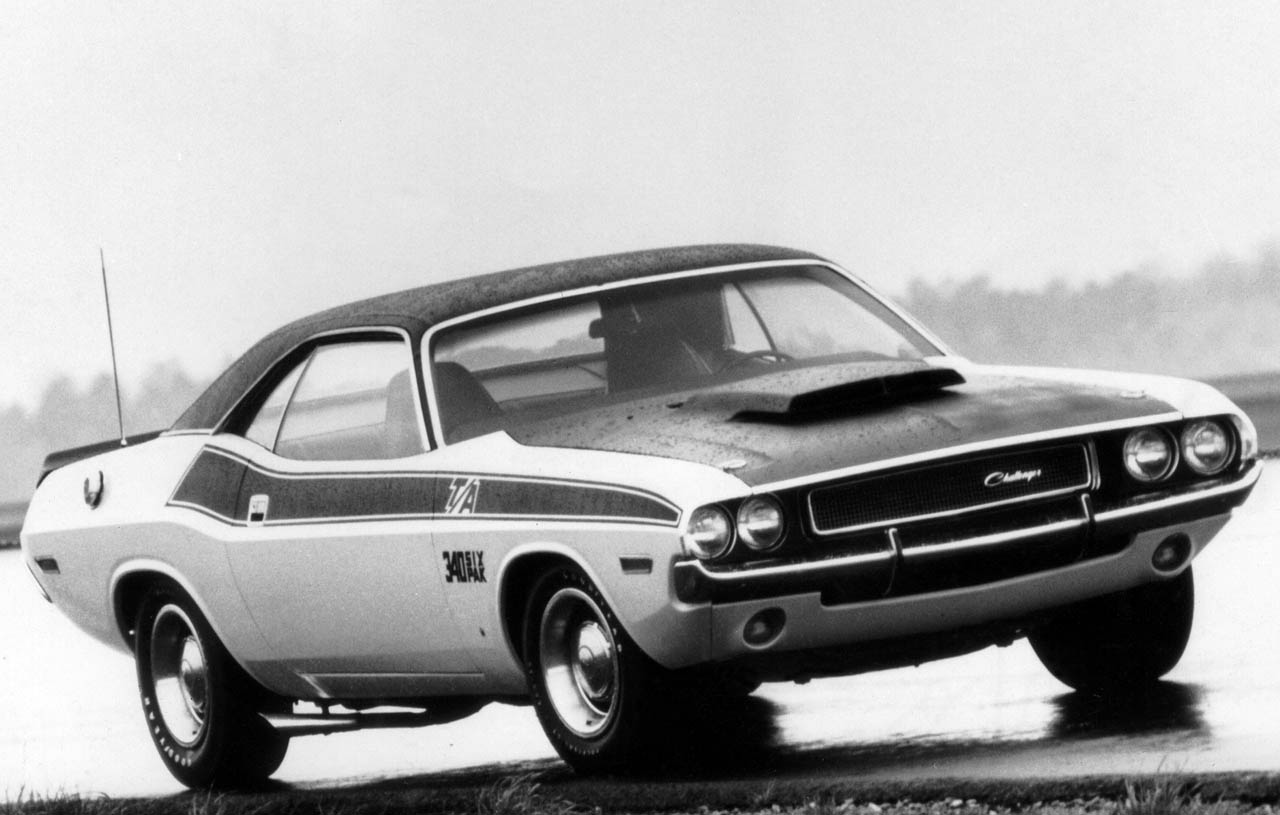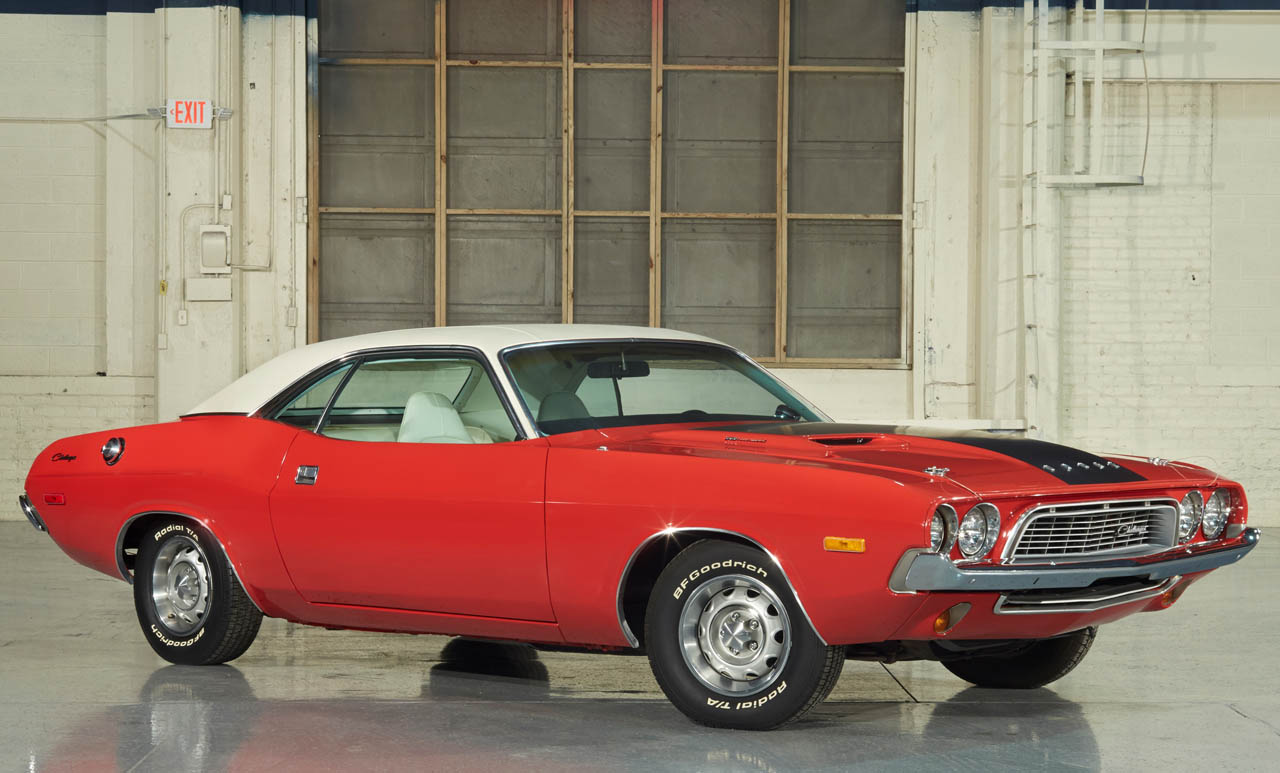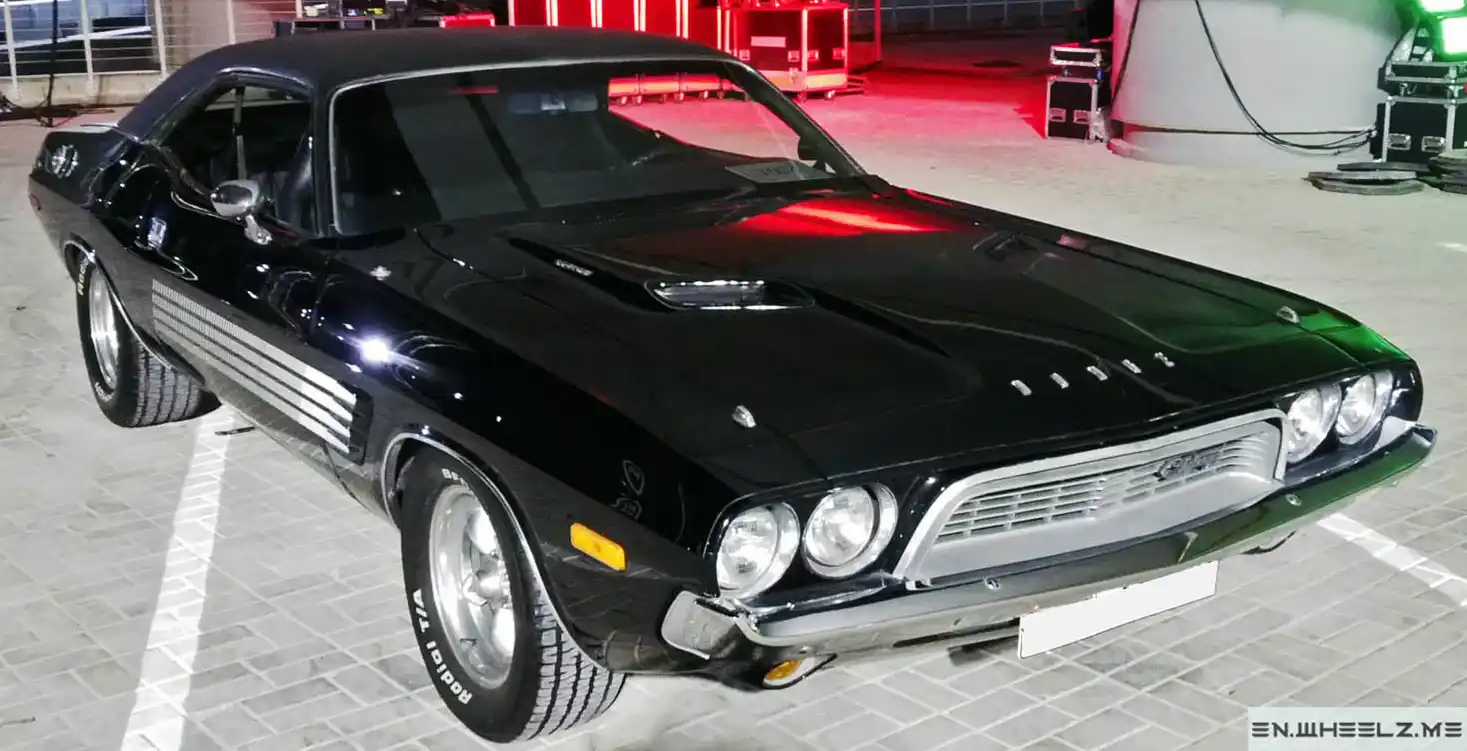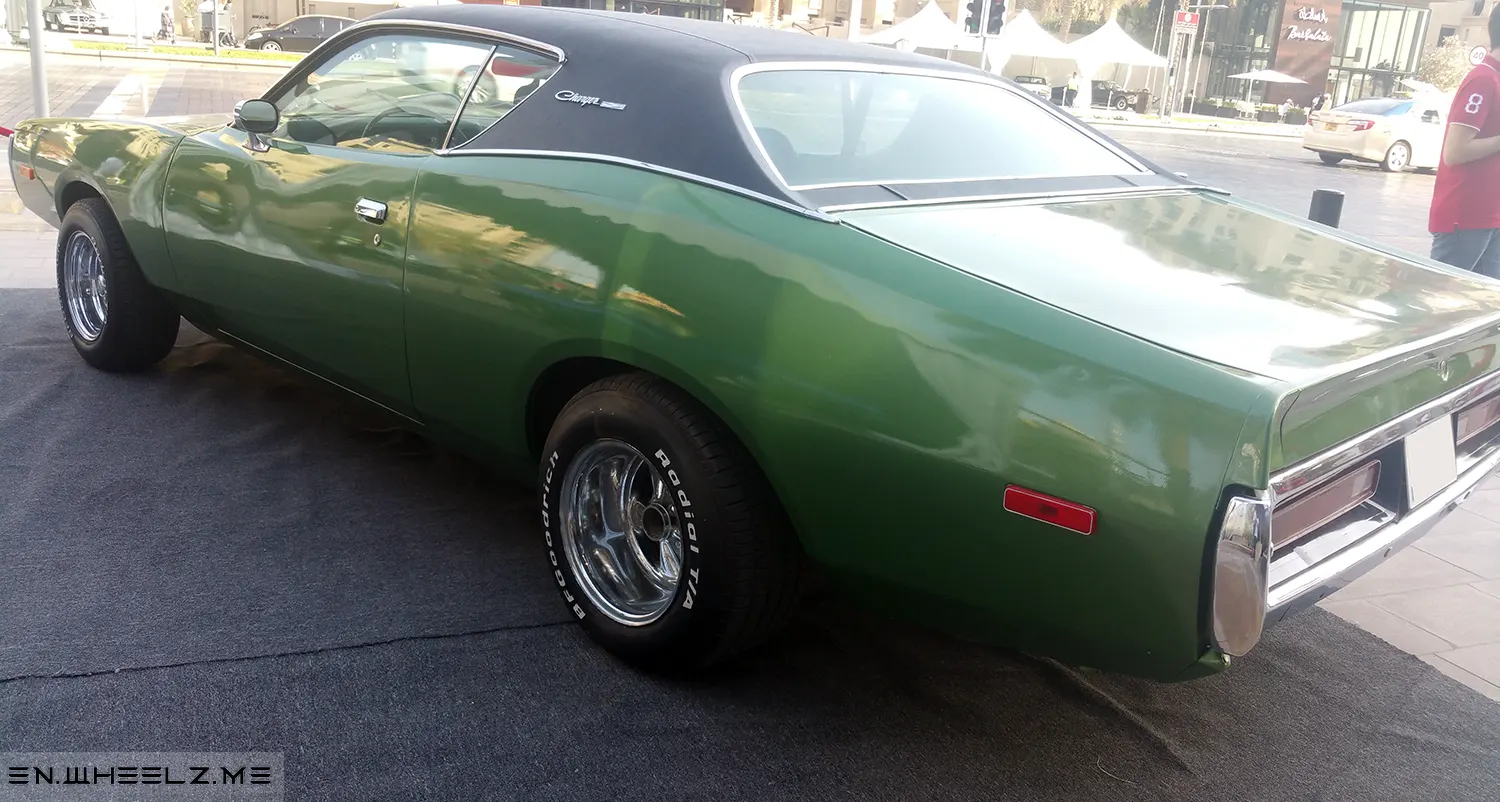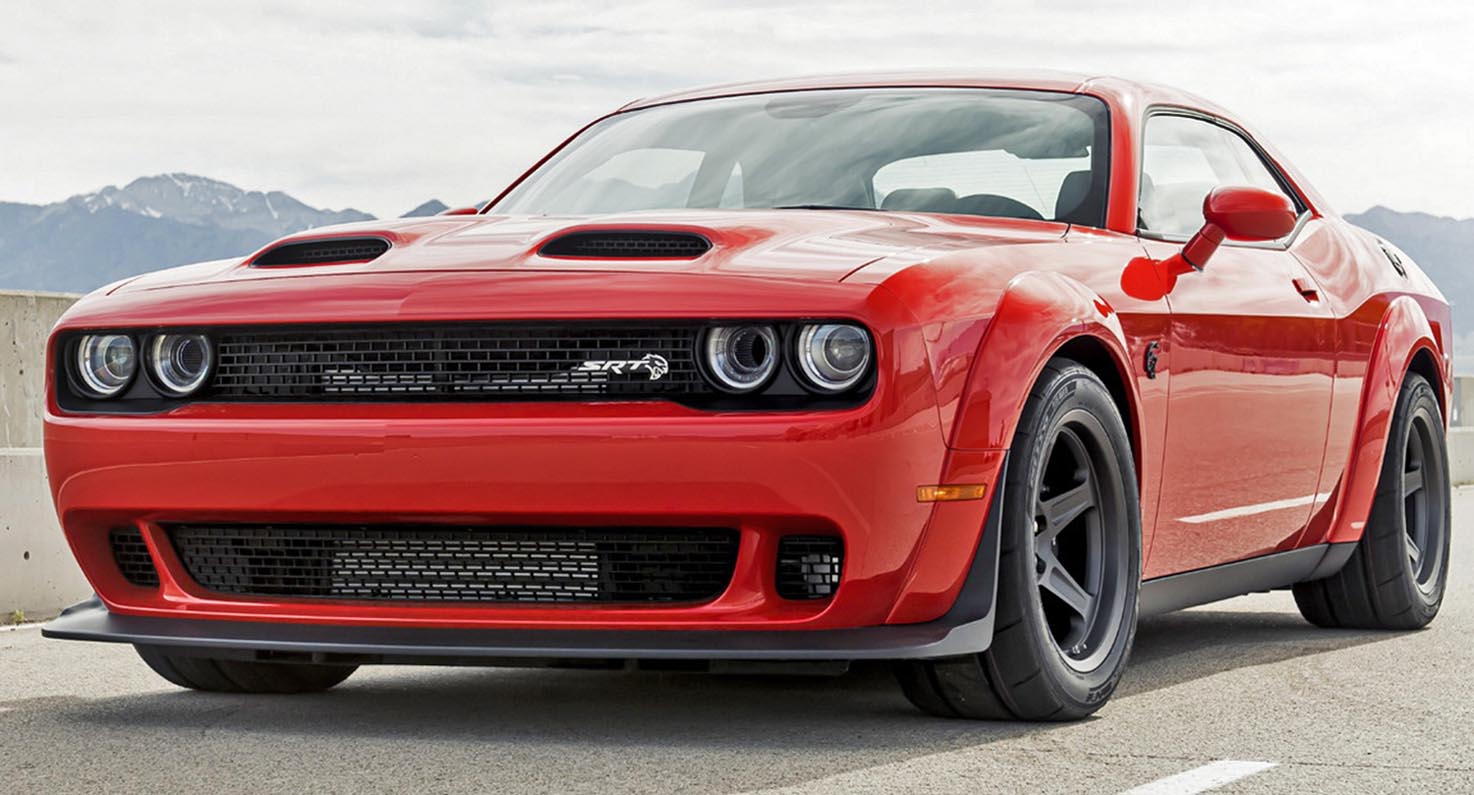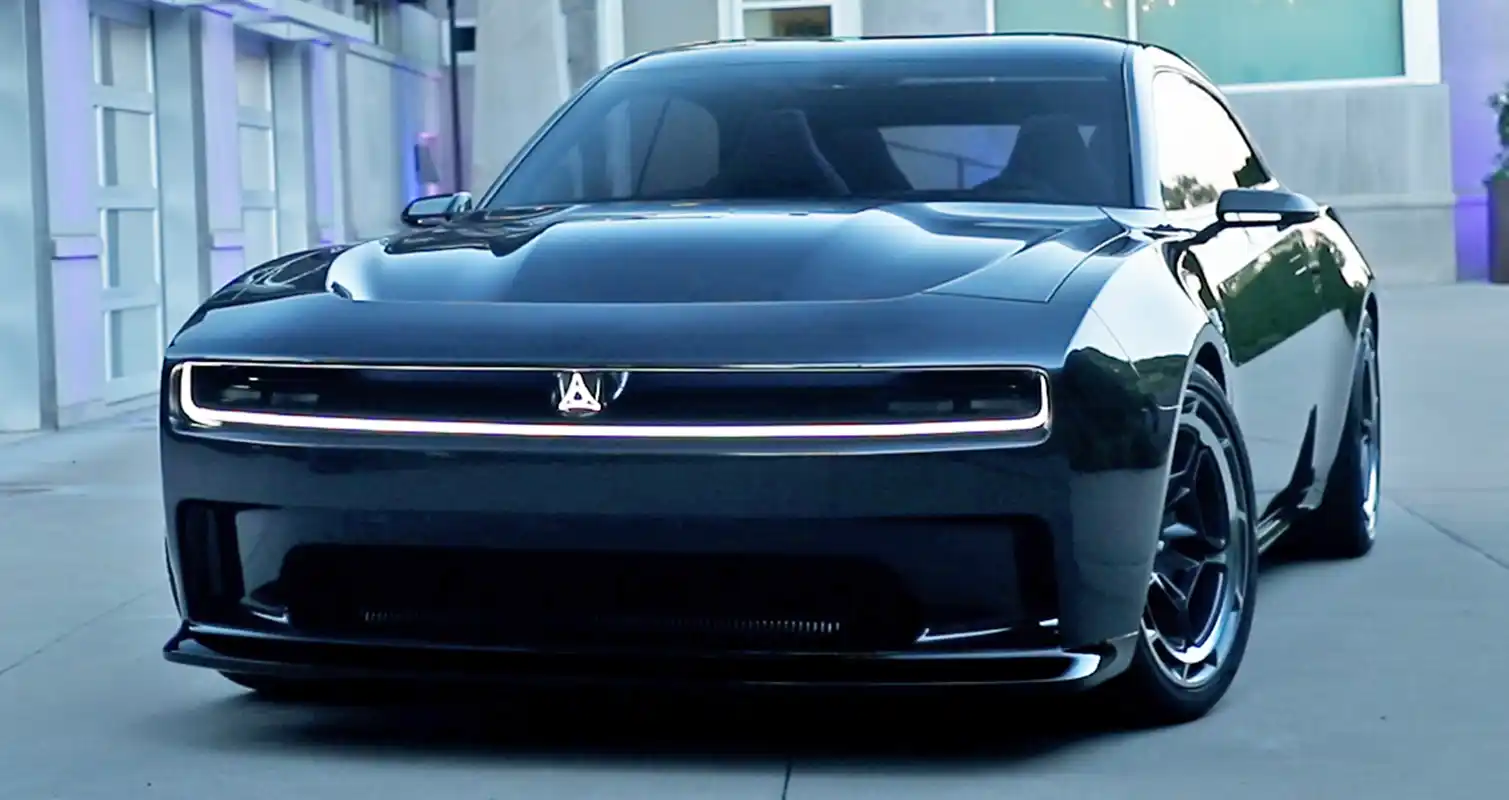
The Dodge Challenger, a name synonymous with American muscle car heritage, made its debut in 1970 during a golden era of automotive design and performance. Rooted in a time when speed and power were king, the Challenger was Dodge’s answer to the Ford Mustang and Chevrolet Camaro, and it quickly established itself as a force to be reckoned with on the streets and racetracks of America. Let’s explore the beginnings and the captivating story behind the first generation of this iconic muscle car.
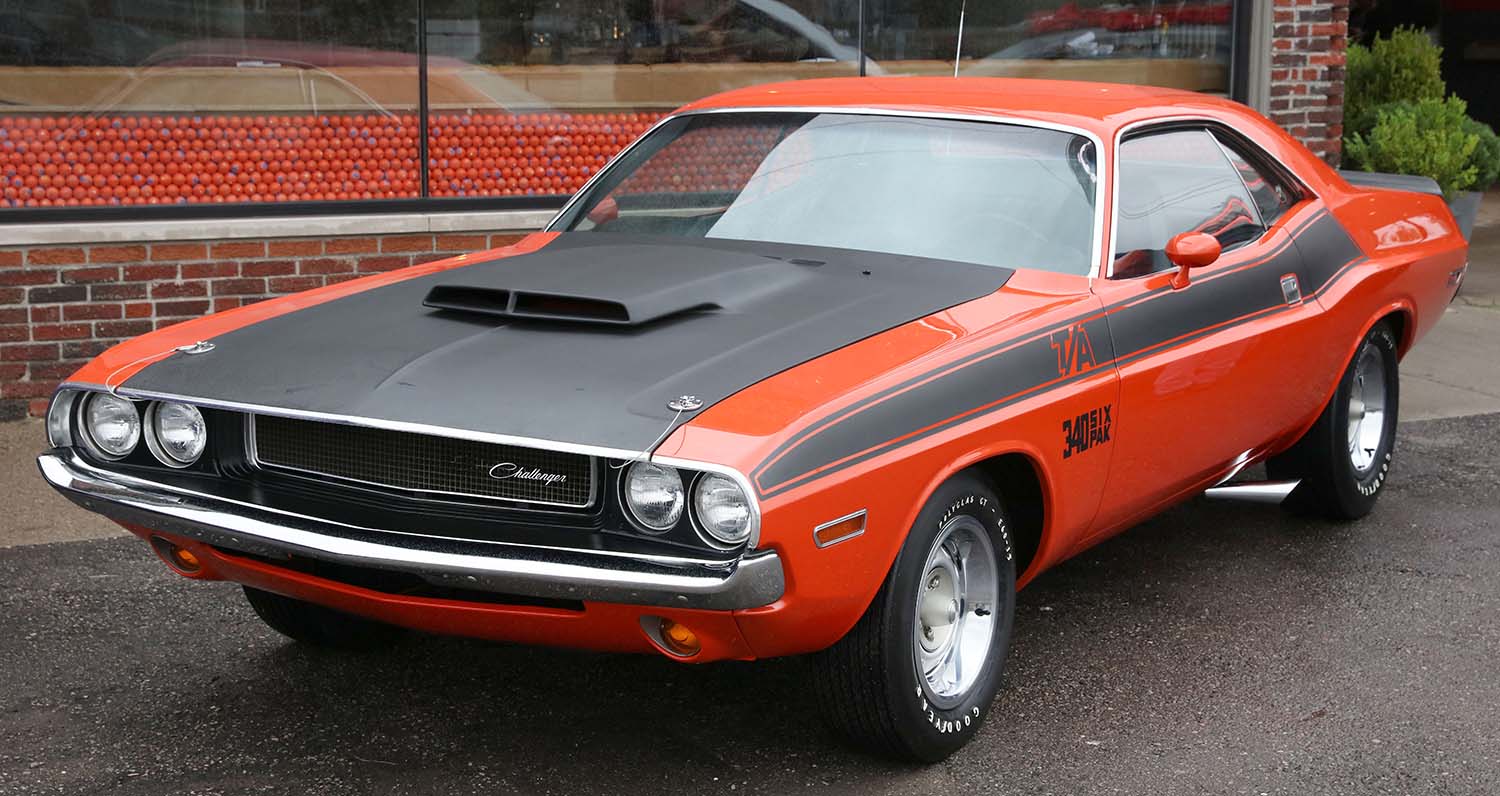
The Beginnings – Concept and Design
The idea for the Dodge Challenger was conceived in the late 1960s, during a time when the American automotive industry was fiercely competitive. Dodge aimed to create a car that would appeal to the growing demand for high-performance vehicles among younger buyers. The Challenger was designed to be a more upscale and refined alternative to its sister car, the Plymouth Barracuda, with which it shared the Chrysler E platform.
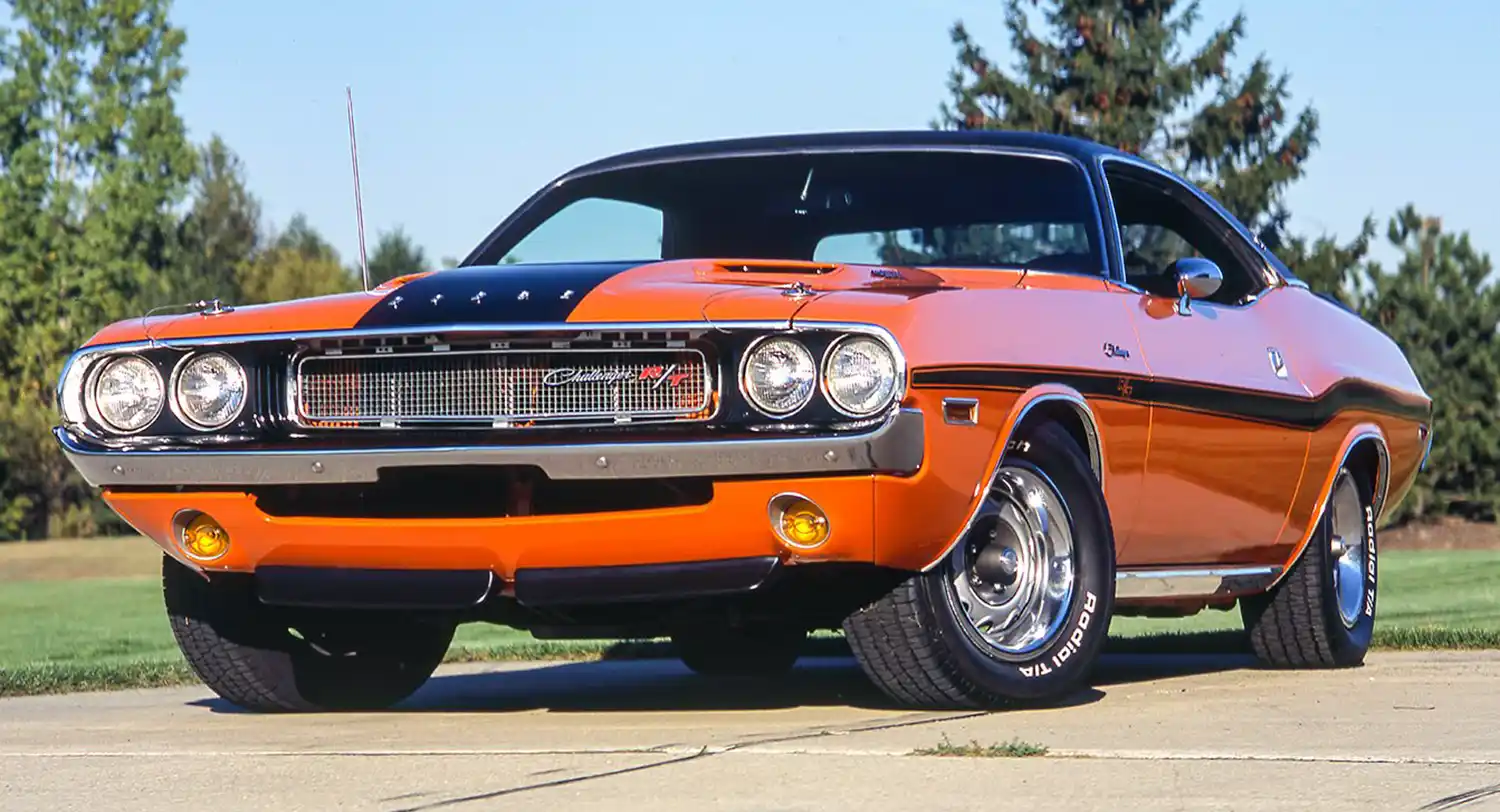
Introduction to the World
The Dodge Challenger was officially introduced to the public in the fall of 1969 as a 1970 model. It made its debut at a time when the muscle car scene was at its peak, and it was met with much anticipation and excitement. With its sleek and aggressive styling, long hood, and short deck, the Challenger exuded a sense of power and performance that captured the imagination of car enthusiasts across the country.
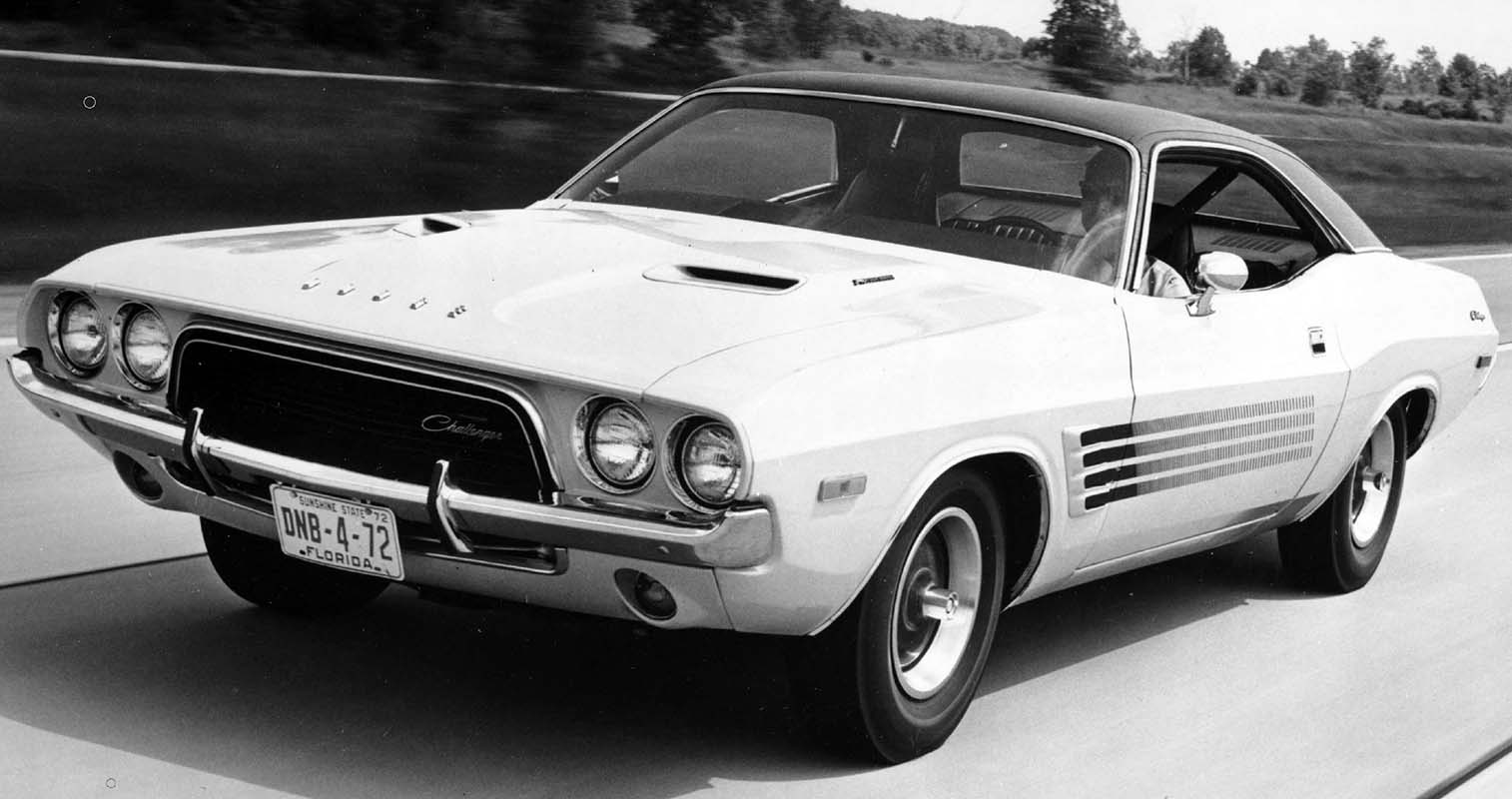
The Story of the First Generation
Timeline
First Generation (1970-1974)
1970:
- Introduction: The Dodge Challenger was introduced in the fall of 1969 as a 1970 model.
- Design: The Challenger shared the Chrysler E platform with the Plymouth Barracuda but featured a longer wheelbase and unique styling cues.
- Models: Initially offered in three main models:
- Challenger: Base model
- Challenger R/T (Road/Track): High-performance model
- Challenger T/A (Trans Am): Special edition aimed at Trans Am racing
- Engine Options:
- 225 cu in (3.7 L) Slant-6
- 318 cu in (5.2 L) V8
- 340 cu in (5.6 L) V8
- 383 cu in (6.3 L) V8
- 440 cu in (7.2 L) V8
- 426 cu in (7.0 L) Hemi V8
1971:
- Design: Minor cosmetic changes, including a new split grille and revised tail lights.
- Performance: Introduction of the 440 Six Pack engine and updates to the 426 Hemi for improved performance.
- Models: Introduction of the Challenger Convertible model.
1972:
- Changes: New grille design, and side marker lights moved from the fenders to the front and rear bumpers due to new safety regulations.
- Performance: Reduction in engine compression ratios due to emission regulations, resulting in decreased horsepower.
- Models:
- Challenger Rallye: A performance-oriented model with a revised suspension and additional features.
1973:
- Design: New grille and front bumper design.
- Performance: Further reduction in horsepower due to stricter emission regulations.
- Models:
- Challenger Rallye: Continued as a performance-oriented model.
- Challenger SE (Special Edition): Introduced as a luxury-oriented model with additional comfort features.
1974:
- End of Production: The first generation of the Dodge Challenger ended its production run in 1974, marking the end of the classic era of American muscle cars due to increasing emission regulations and fuel economy concerns.
Performance Specifications
Here are some of the key performance specifications for the Dodge Challenger’s first generation:
- 340 cu in (5.6 L) V8:
- Horsepower: 275 hp
- Torque: 340 lb-ft
- 383 cu in (6.3 L) V8:
- Horsepower: 330 hp
- Torque: 425 lb-ft
- 440 cu in (7.2 L) V8:
- Horsepower: 375 hp
- Torque: 480 lb-ft
- 426 cu in (7.0 L) Hemi V8:
- Horsepower: 425 hp
- Torque: 490 lb-ft
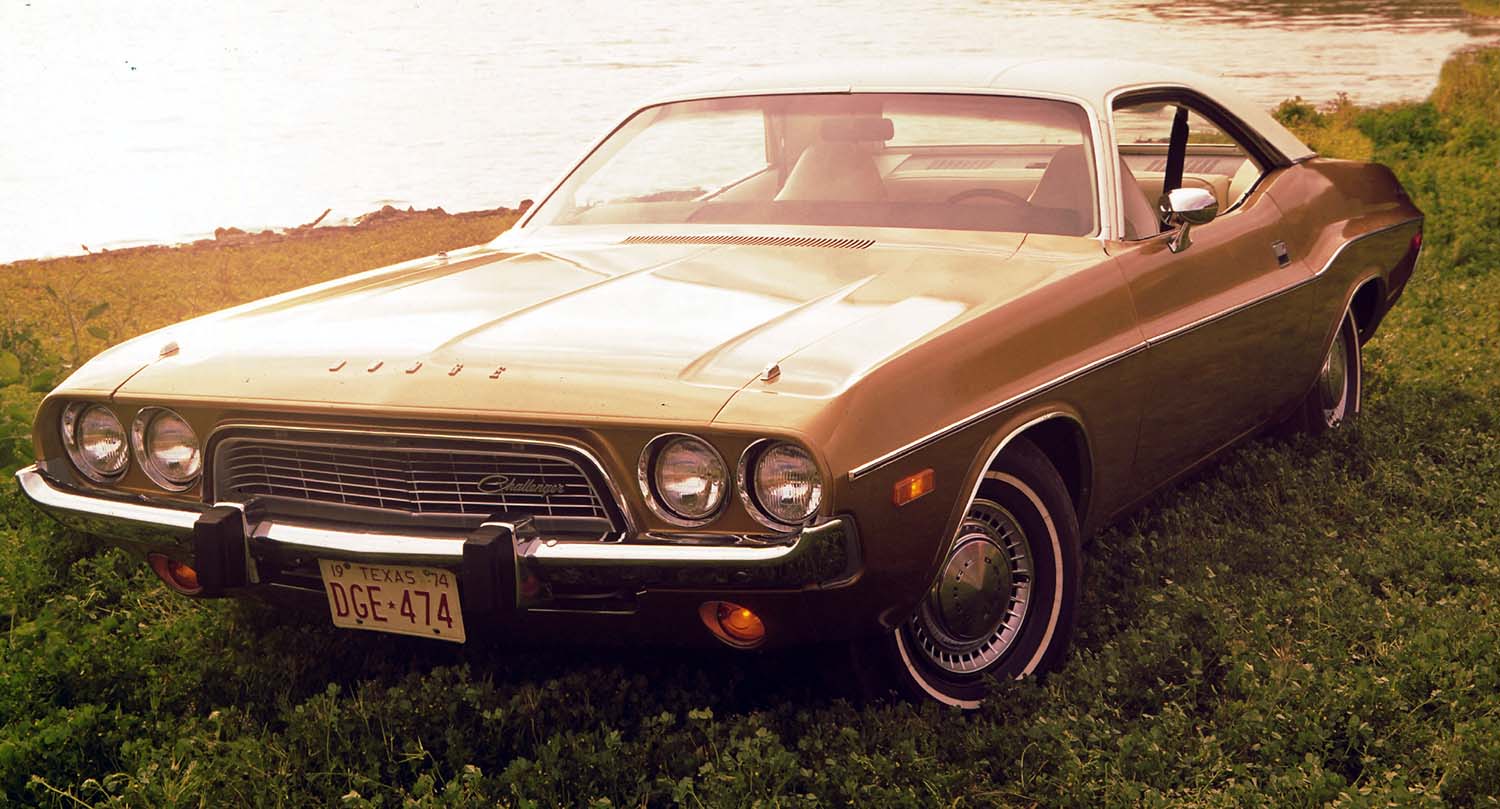
Conclusion
The first generation of the Dodge Challenger remains a highly sought-after classic among muscle car enthusiasts. With its distinctive styling, powerful engine options, and impressive performance, the Challenger has left an indelible mark on automotive history. While the first generation was short-lived, its legacy lives on in the modern iterations of the Dodge Challenger, which pay homage to the original while incorporating modern technologies and performance enhancements.
Whether you’re a longtime fan of the Challenger or a newcomer to the world of muscle cars, there’s no denying the impact and allure of the first generation Dodge Challenger. It’s a true testament to American automotive ingenuity and the golden era of muscle cars.
This article uses material from Chatgpt
